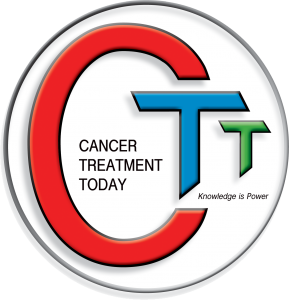Necrobiotic xanthogranuloma – pro
Necrobiotic xanthogranuloma is an unusual non-Langerhans cell histiocytosis involving skin and extracutaneous tissues. The lesions are usually asymptomatic and commonly appear in the periorbital area. Paraproteinemia is closely associated with NXG and its pathogenesis remains unclear. NXG prognosis is poor with several treatments showing variable results. Treatmetn is not related to the presence of monoclonal gammopathy. Treatment options include topical and systemic corticosteroids, thalidomide, high-dose intravenous immunoglobulin (IVIG), chlorambucil, cyclophosphamide, fludarabine, rituximab, melphalan, infliximab, interferon alpha, cladribine, hydroxychloroquine, azathioprine, methotrexate, laser therapy, radiotherapy, surgery, PUVA, plasmapheresis and extracorporeal photopheresis. These treatmetns are not based on randomized clinical trials.
The use of immonoglobulin is based on limteid information, such as case reports.
Miguel D, Lukacs J, Illing T, Elsner P. Treatment of necrobiotic xanthogranuloma – a systematic review. J Eur Acad Dermatol Venereol. 2017 Feb;31(2):221-235.
Liszewski W, Wisniewski JD, Safah H, Boh EE. Treatment of refractory necrobiotic xanthogranulomas with extracorporeal photopheresis and intravenous immunoglobulin. Dermatol Ther. 2014 Sep-Oct;27(5):268-71.
AUTHORS:Courtney Schadt, MDEric Jacobsen, MDSECTION EDITOR:Jeffrey Callen, MD, FACP, FAADDEPUTY EDITOR:Abena O Ofori, MD
Uptodate: Literature review current through: Dec 2023.
This topic last updated: Aug 16, 2022.
